Machining processes have evolved a lot since their inception. Starting from the handcrafting machining tools, in 1952, Richard Kegg developed the first CNC machine in collaboration with MIT. All this development and progress has led to the invention of 5-axis CNC machining. Read More…
At GrovTec Machining, we pride ourselves on being the go-to destination for precision turned components and screw machine products. When it comes to fulfilling your machining needs, you need not look any further than our state-of-the-art screw machine shop. Our dedicated team of experienced machinists and cutting-edge equipment allow us to tackle projects of all sizes and complexities.
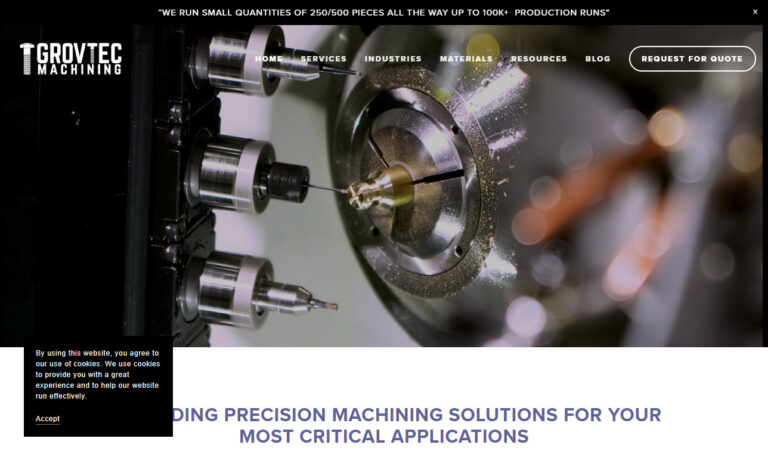
Our advanced CNC machining centers are equipped with the latest technology, enabling us to produce intricate and accurate parts with tight tolerances. Our team of skilled programmers and machinists can efficiently handle both small and large production runs, delivering exceptional results every time. Whether it's prototyping or full-scale production, we are committed to meeting your CNC machining ...
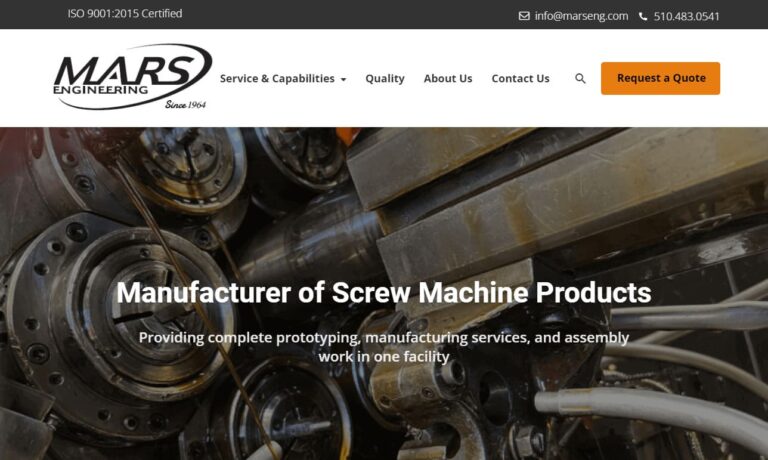
With nearly 40 years industry experience, we have what it takes to satisfy your every need. We are committed to our CNC machining quality, as our ISO 9001:2008 certification shows.

H & R is a custom manufacturer of high volume superior parts, providing CNC machining for tight tolerance and also lower volume applications too.
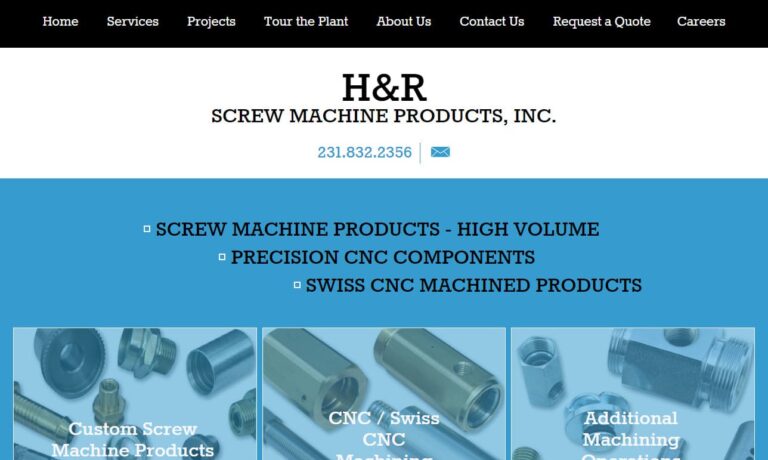
Thuro Metal Products is a CNC machining service provider. Our expertise is in the utilization of CNC controlled turning and milling machines as well as multi-spindle, single spindle, and Swiss screw machines.

More 5 Axis CNC Machining Manufacturers
A new concept of 5-axis CNC machining has revolutionized the machining methodology. In a 5-axis machine, a part or a tool can be rotated along five individual axes. The basic machining axis is the X, Y, and Z-axis. A 5-axis CNC machining tool can spin two more axes, A and B, giving it a multi-directional technique.
5 Axis Machining VS. 3 and Single-Axis Machining
- When talking about 1-axis machining, we can take the drill press as an example since it can only operate upwards and downwards.
- In 3-axis machining, the machine can move right to the left, forward and reverse, and up and down using the same mechanism. While working on a 3-axis machine, users may maneuver a tool along the X and Y axes while moving up and down utilizing the Z-axis.
- Users receive two more rotating axes with 5-axis machining, which opens up many new milling options. A, which rotates about the X-axis, B, which spins around the Y-axis, and C, which rotates around the Z-axis, define these rotational axes. The number of extra axes depends on the machine and can be any combination of AB, AC, or BC.
- The cutting tool might approach the component from all directions with the additional axes, allowing undercutting that would only be allowed on lower axis machines if the item was re-positioned. This consumes time and exposes the process to mistakes, which may be avoided by utilizing a 5-axis CNC machine.
Advantages of 5 Axis Machining
Following are some useful benefits of 5-axis machining:
- Better Finishing of the surface: The components alignment is closer to the cutting tool using 5-axis machining. The fifth axes allow the CNC Machinist to operate a shorter cutting tool, which vibrates less and produces a better surface finish.
- Improved Tool Life and Precision: By needing fewer setups, 5-axis machining enhances precision. With more setups, there's a greater chance of making a mistake. Some activities can even be completed in a single setup, lowering the chance of mistakes significantly. Longer tool life is associated with shorter cutting tools. Machines with five axes allow the machine head to be closer to the cutter's surface. As a result, a faster cutting speed may be used, resulting in extended tool life due to less vibration.
- Reducing Complexity in Production: With the extra mobility provided by 5-axis machining, you may create more complicated forms and patterns. 5-axis machining avoids the requirement for sophisticated fixtures since the workpiece may be held and rotated in a single operation to obtain the appropriate shape.
- An Edge Over Competitors: Not every company has a 5-axis machine, but if you do, you'll be able to offer your consumers something that your competitors can't.
Applications of 5 Axis CNC Machining
Here are a few important applications of 5 axis CNC machining:
- Energy: Unusual forms are also required by the energy sector to use different generating and containment systems. These criteria are well within the capabilities of 5-axis machining.
- General Industrial: Companies utilize 5-axis machining to create a variety of conventional and customized materials and accessories, including tools and mechanical components, for broad industrial purposes.
- Aerospace: 5-Axis machining is ideal for making aircraft components since it creates very complicated, precise parts. Turbine blades and valves are two examples of goods made using this method.
- Automotive: Like the aircraft industry, the automobile sector frequently demands components with unusual forms and stringent tolerances. Automobile parts, such as housings, covers, and engine parts, are often made in even larger quantities.

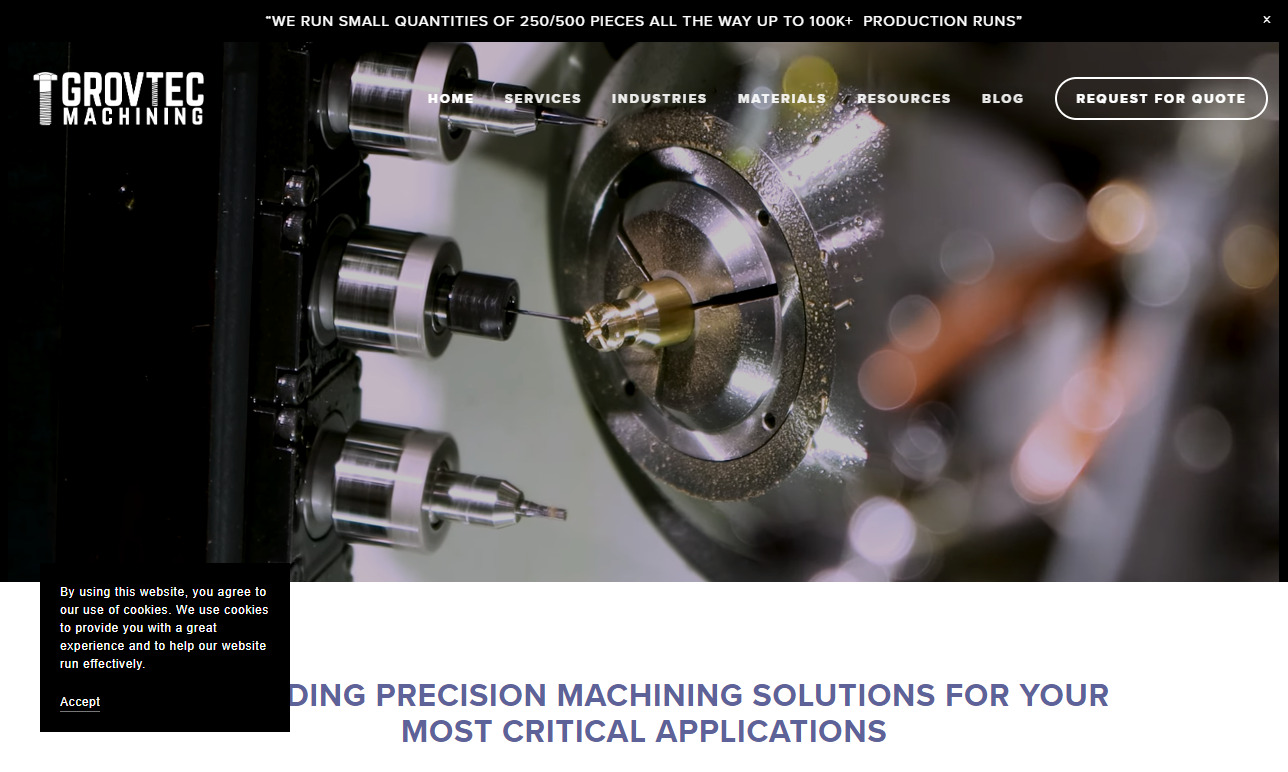
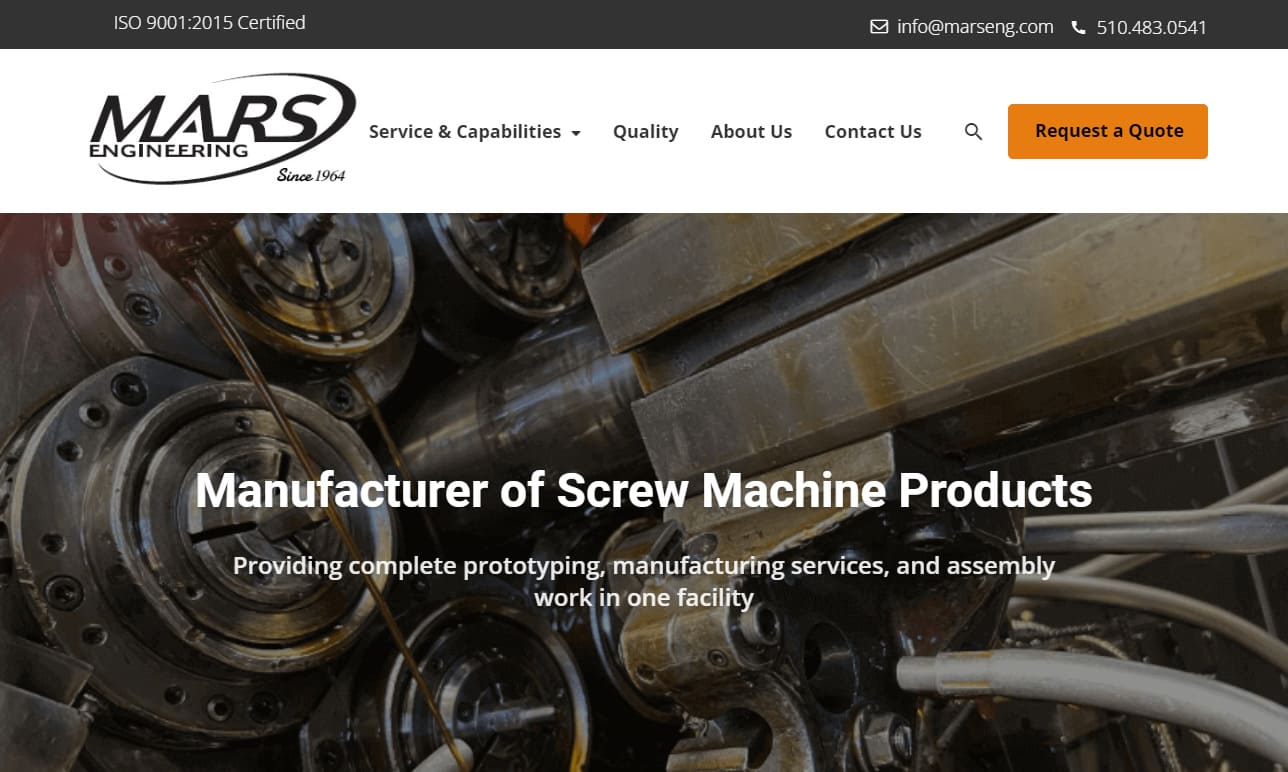

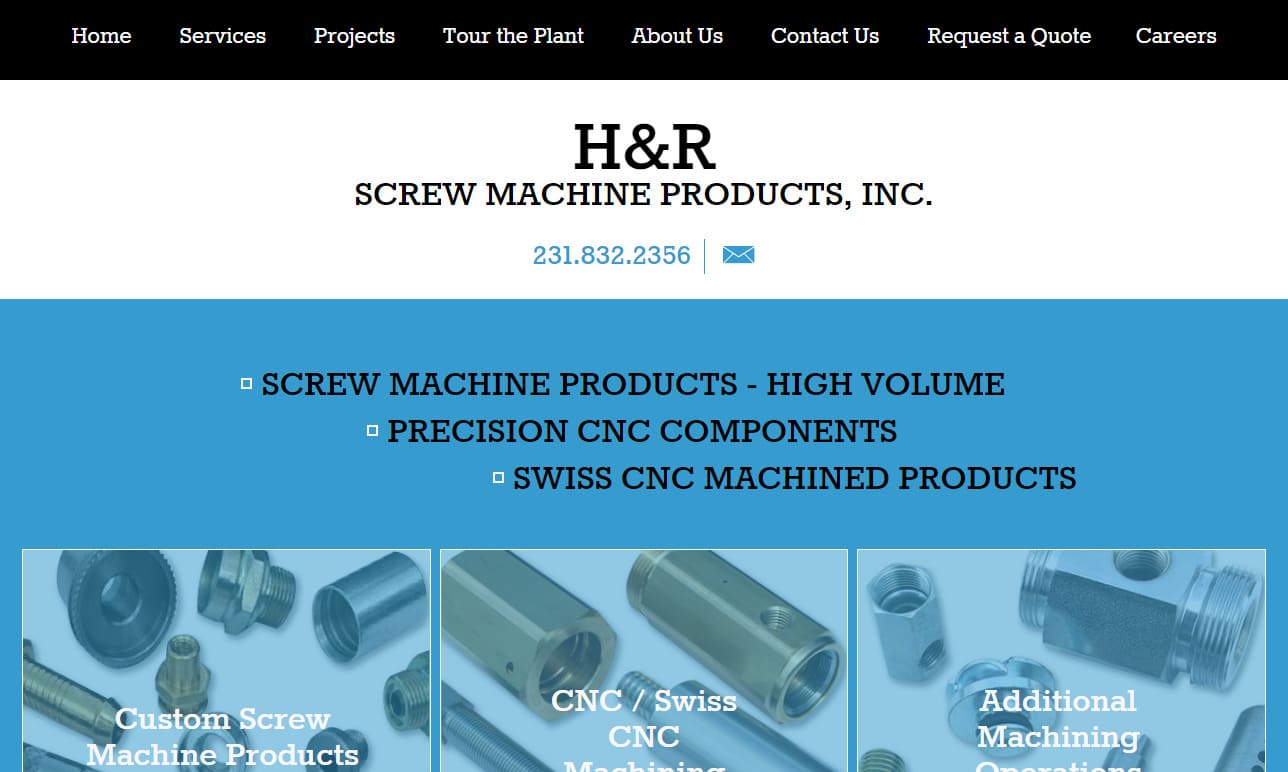

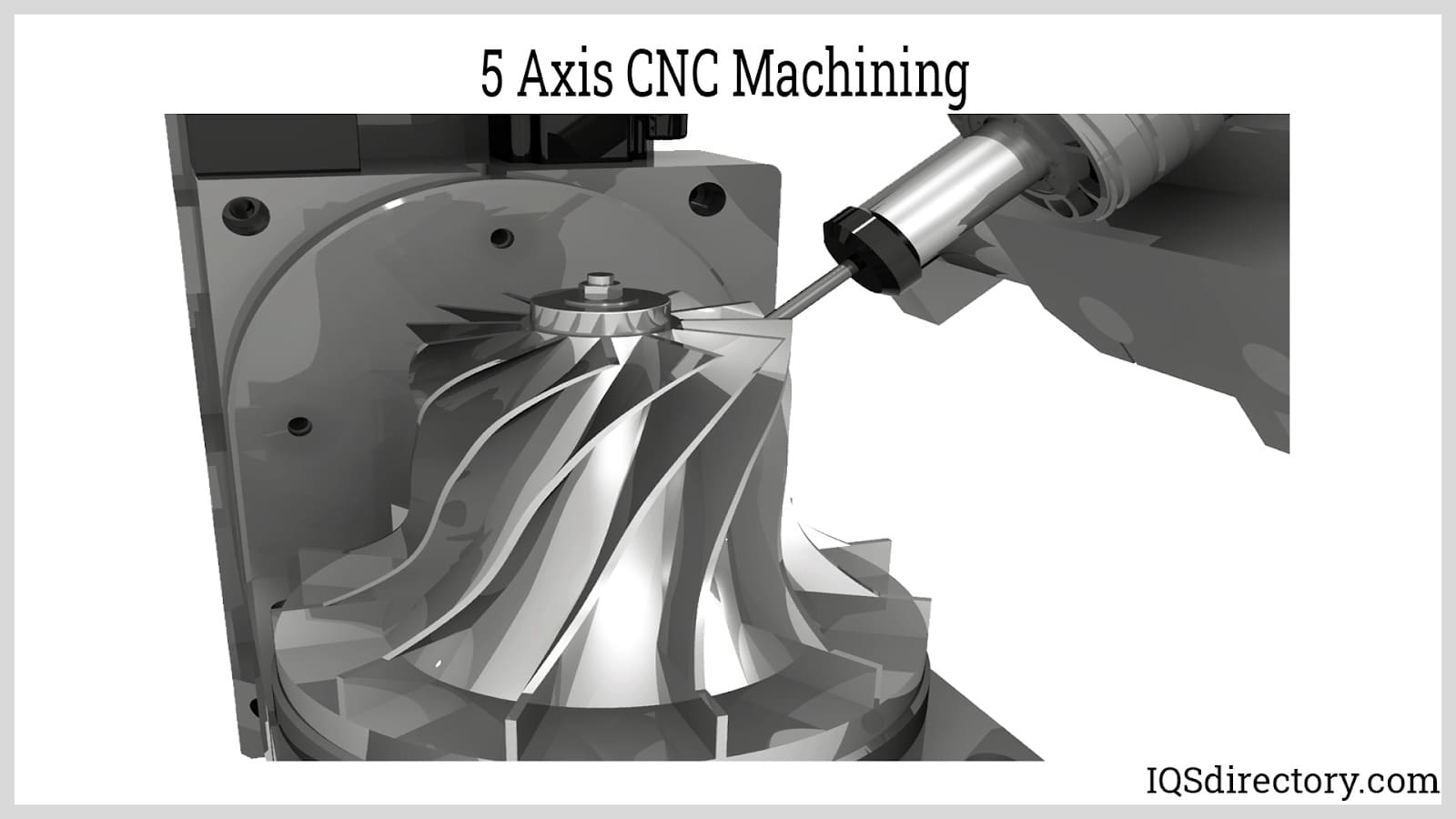
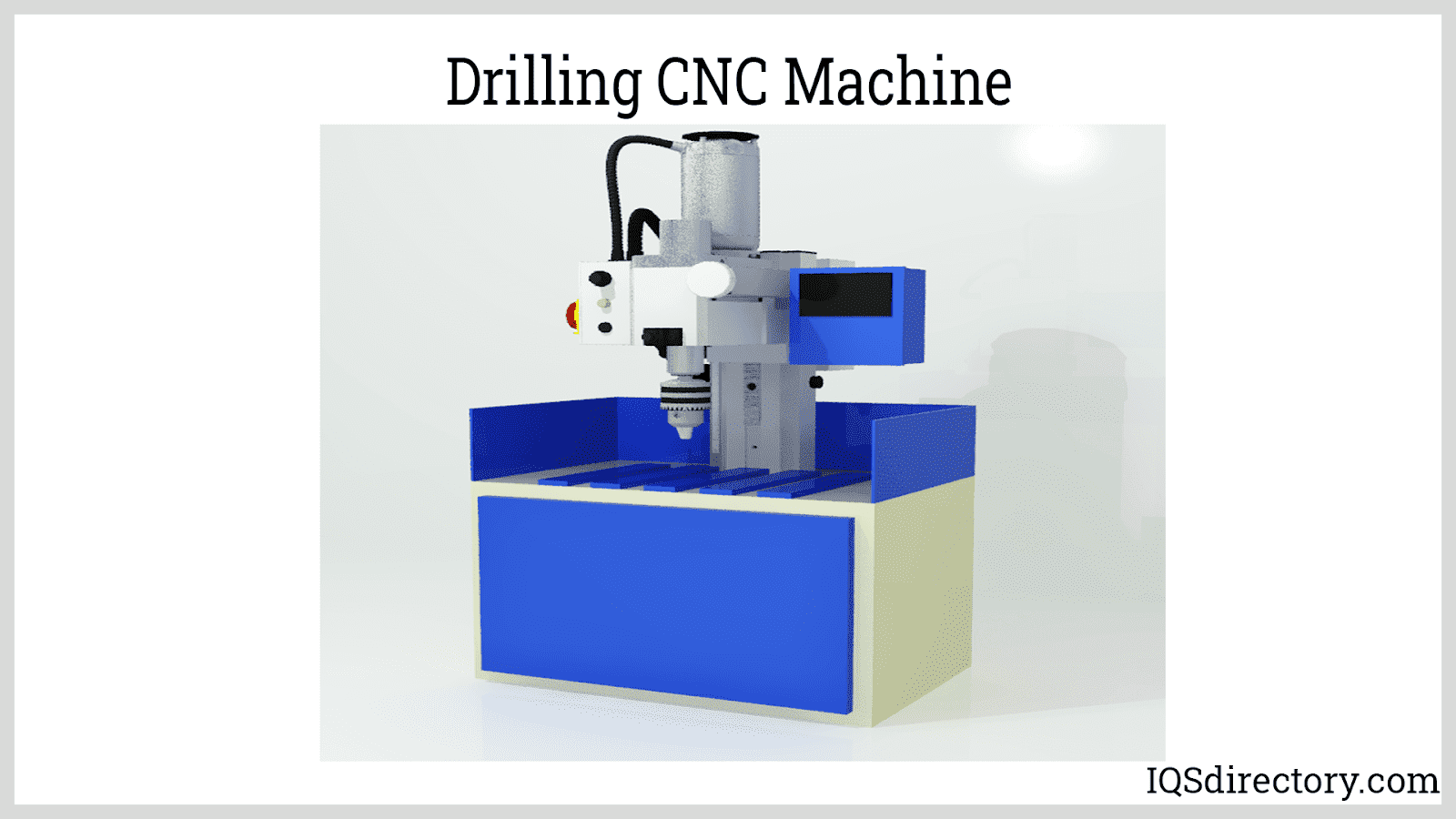
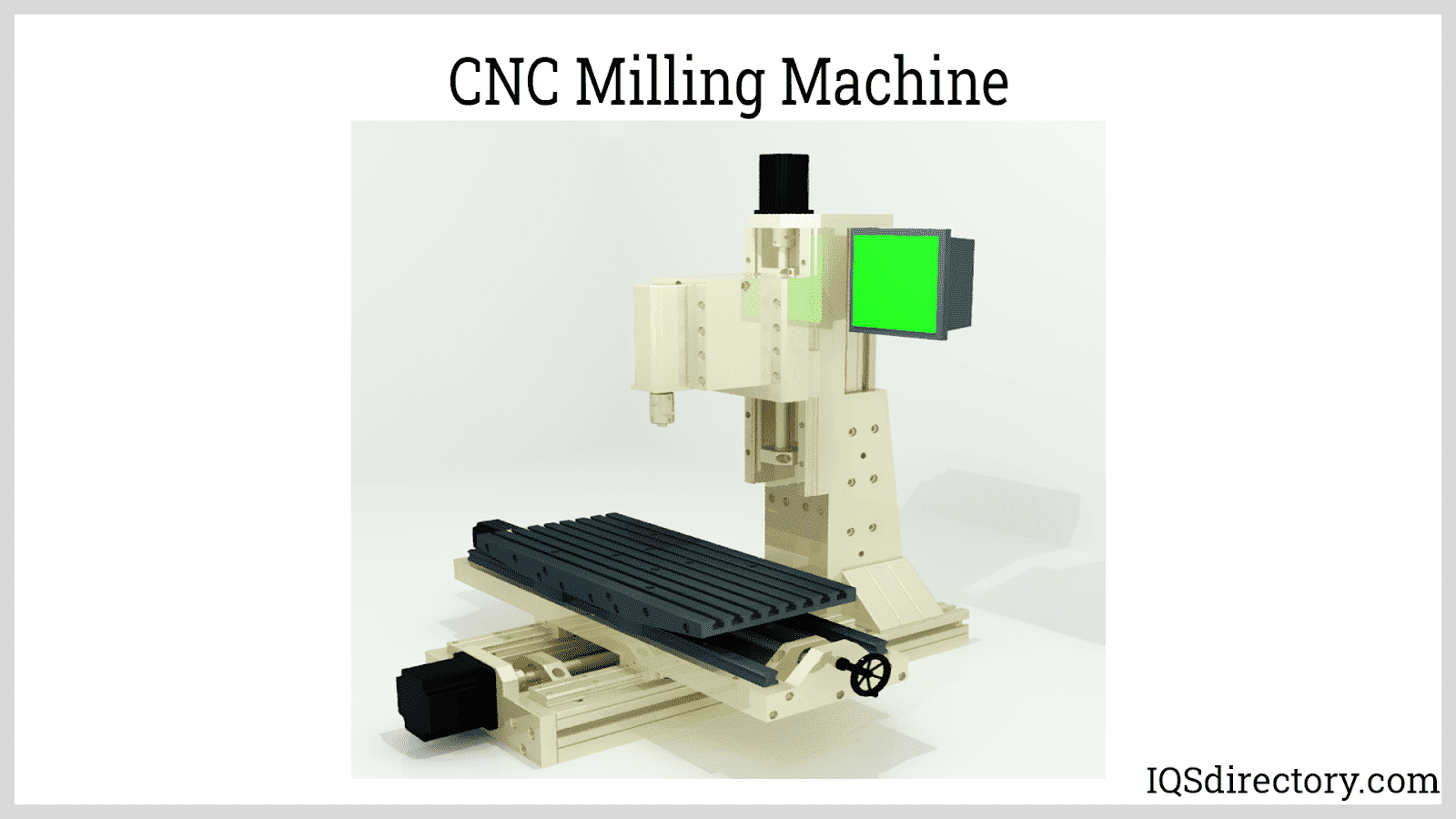
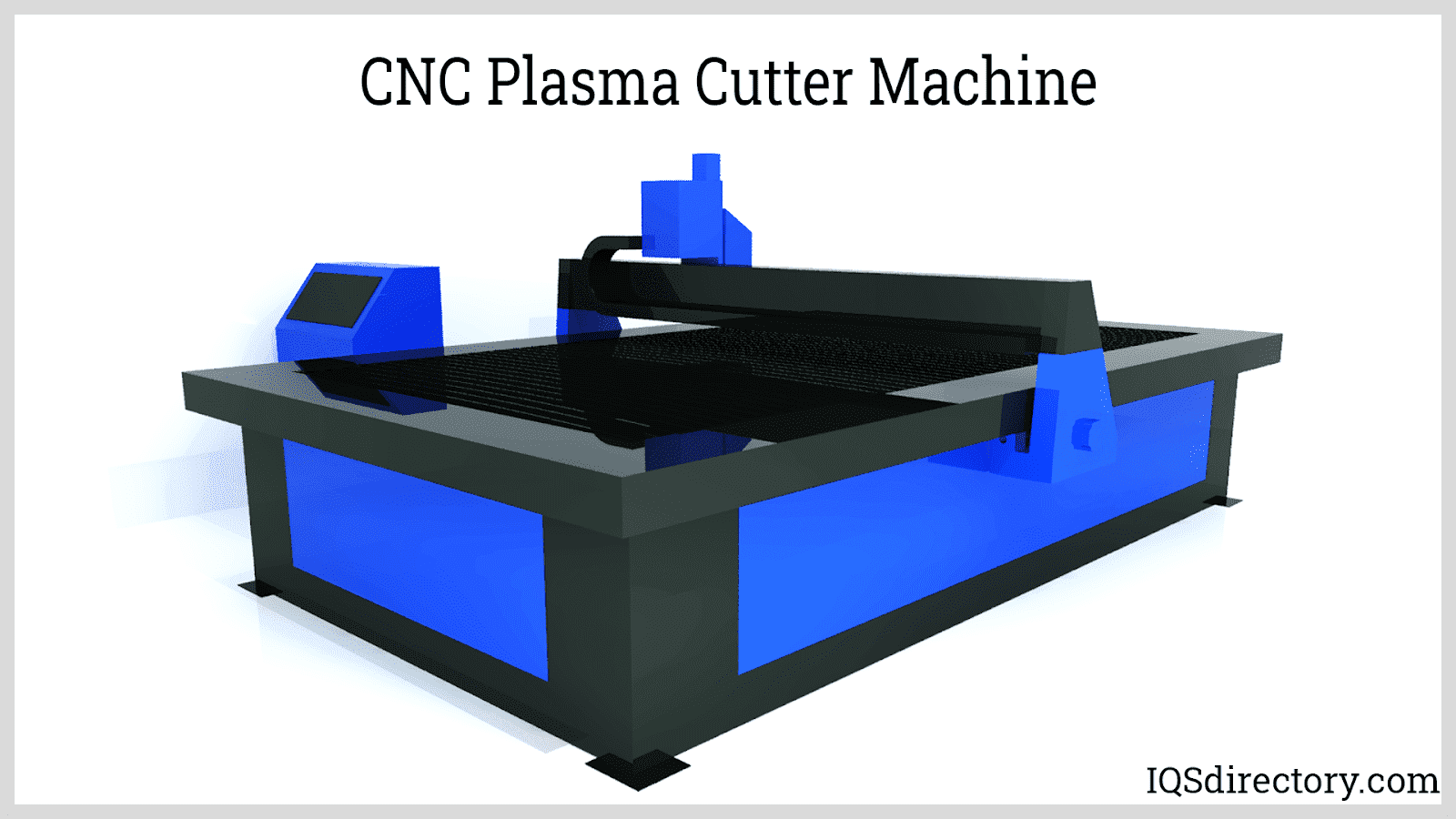
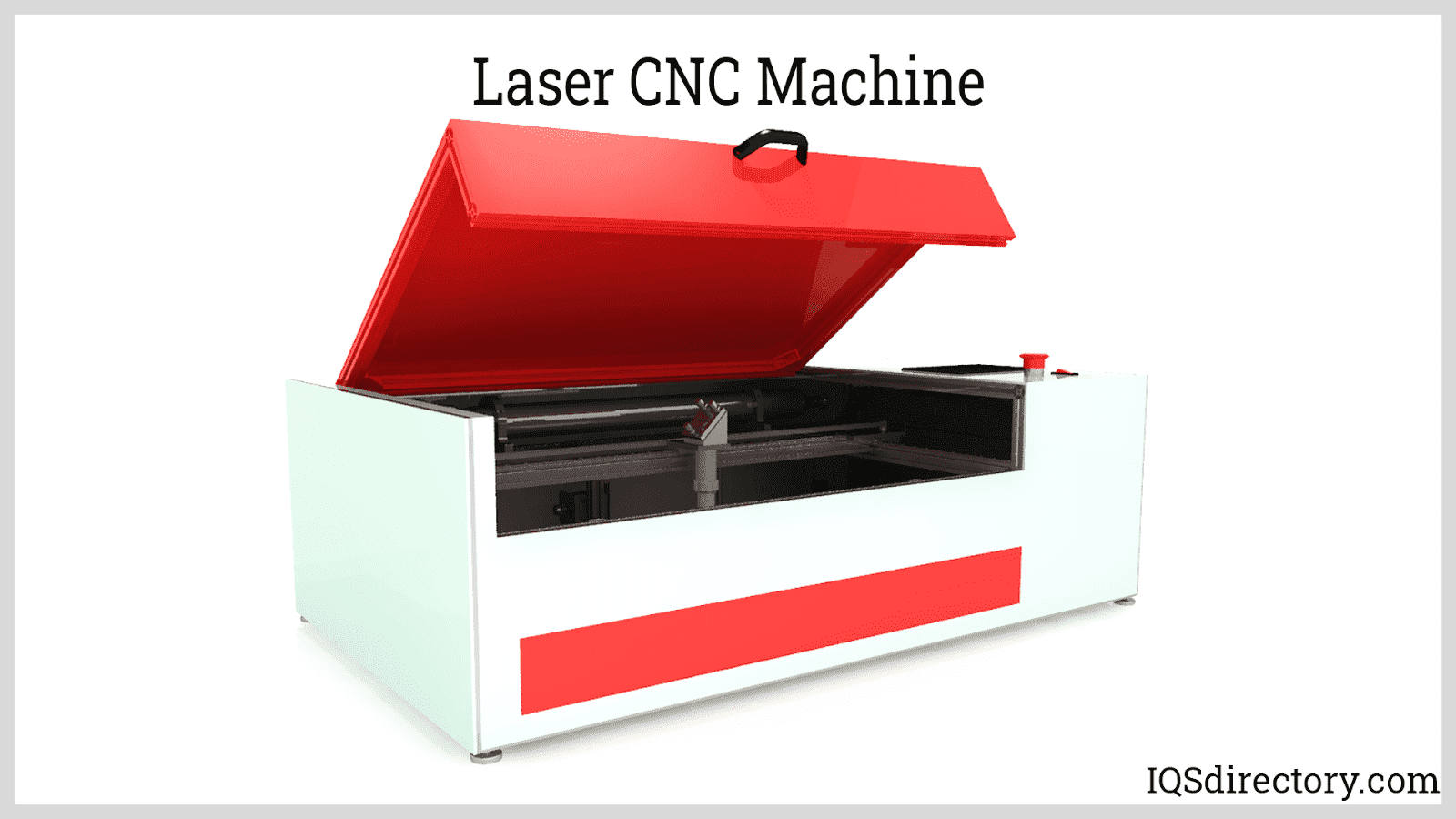
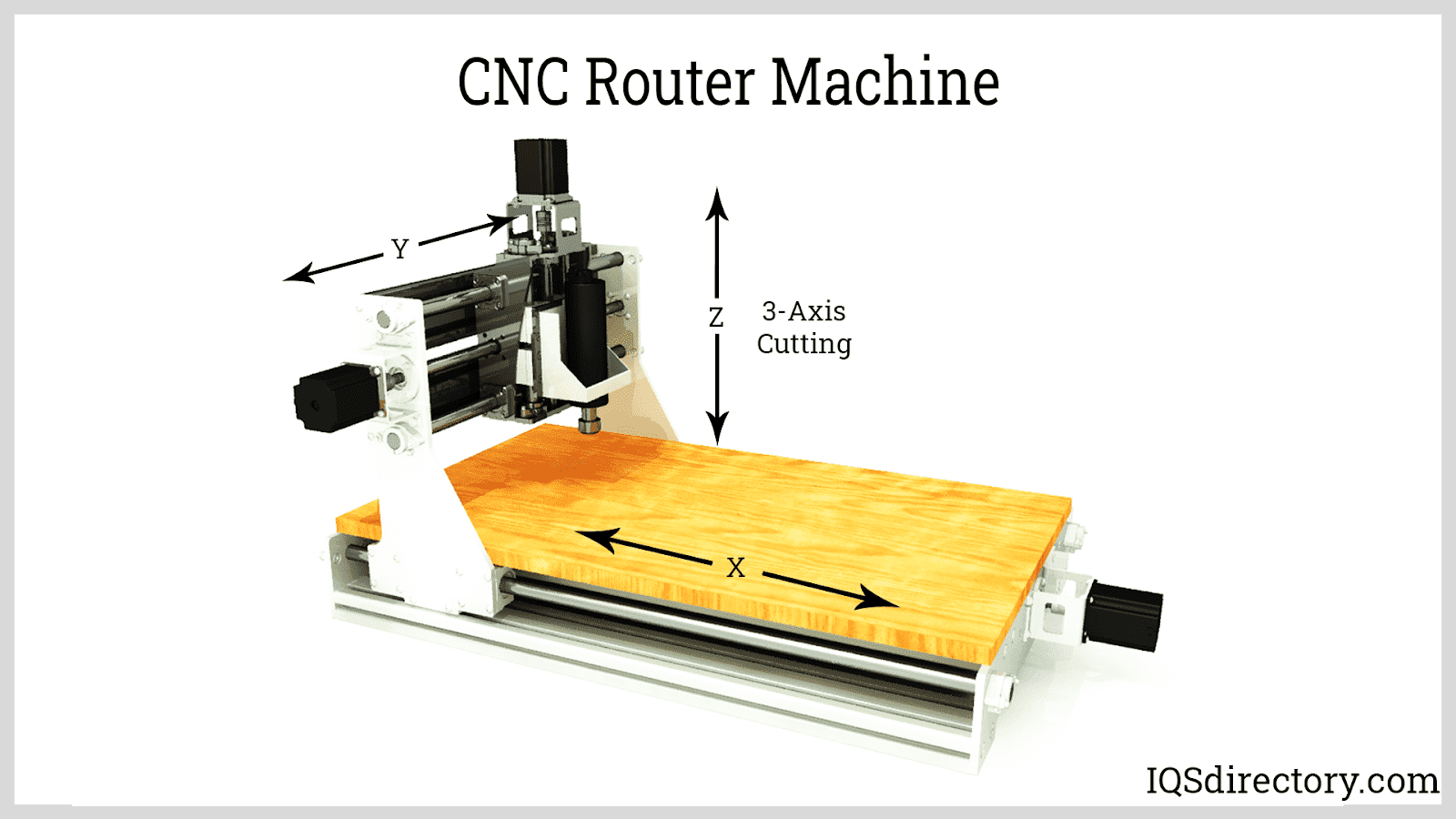
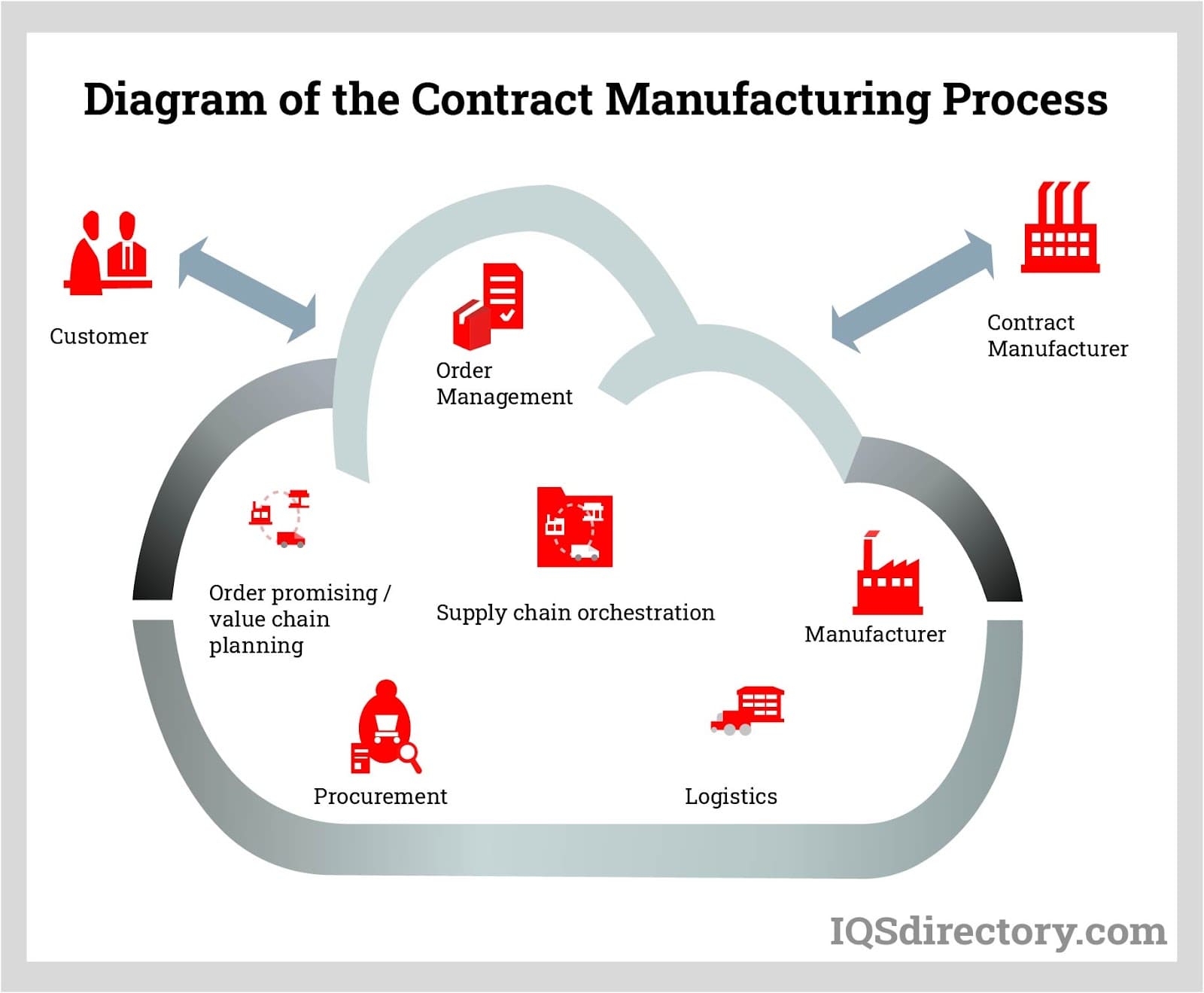
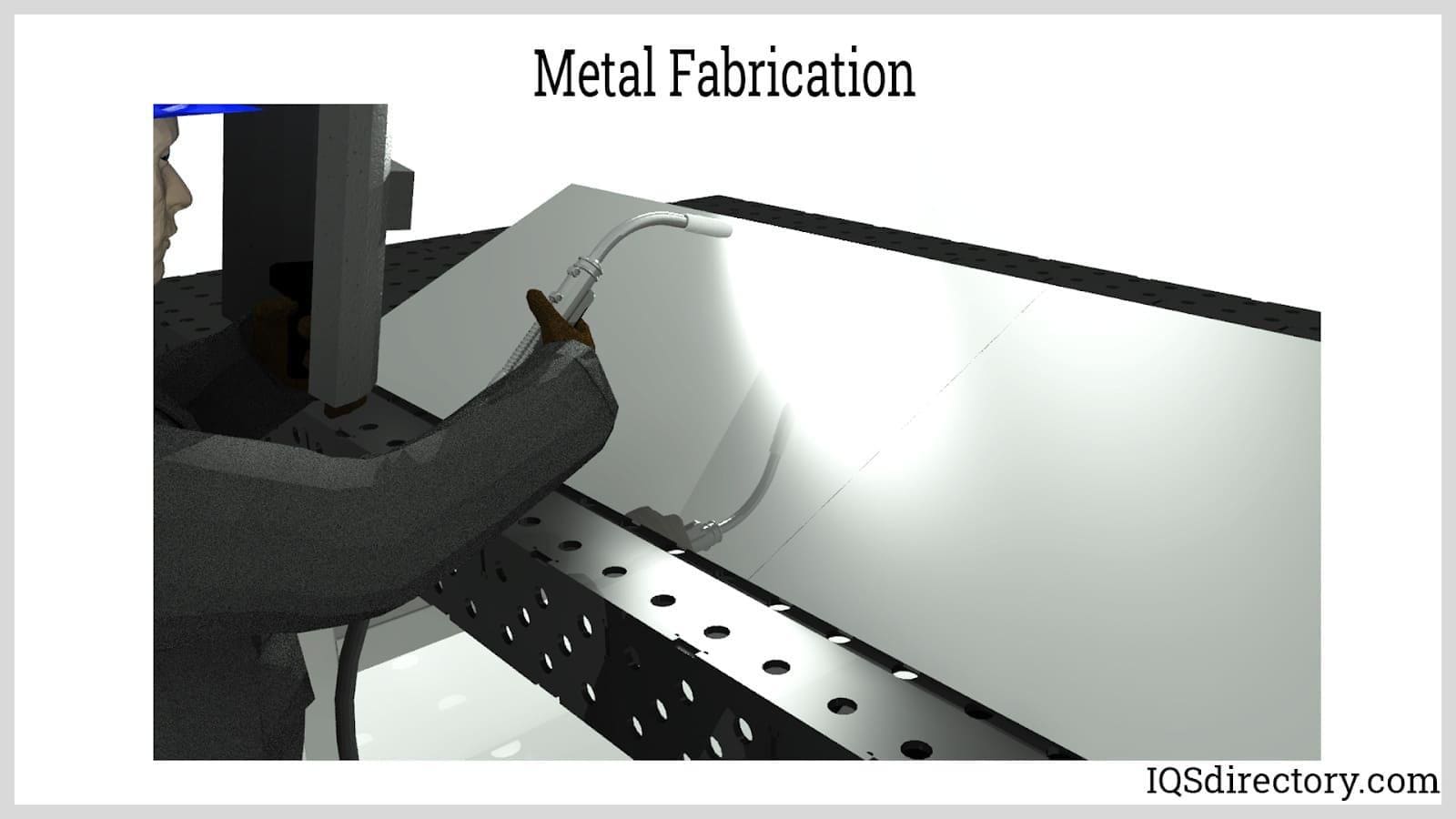
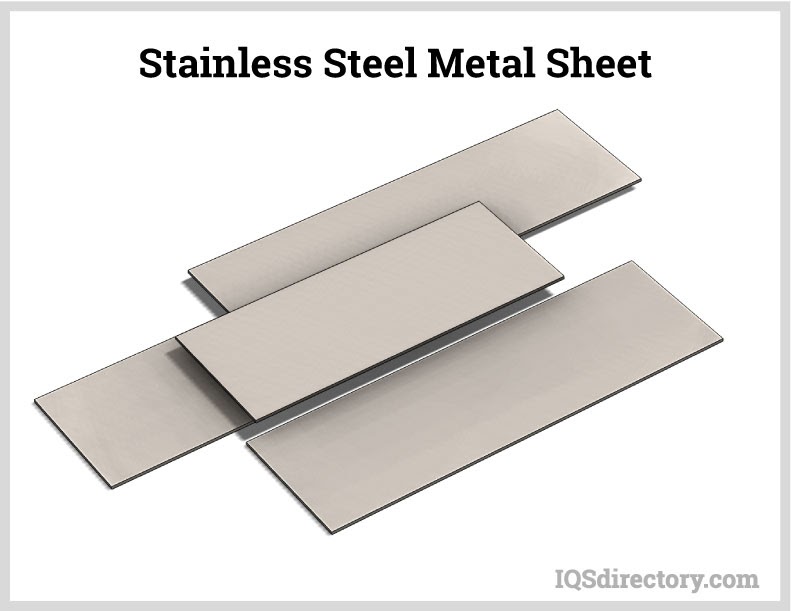
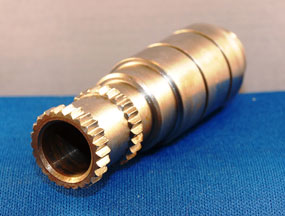 Broaching
Broaching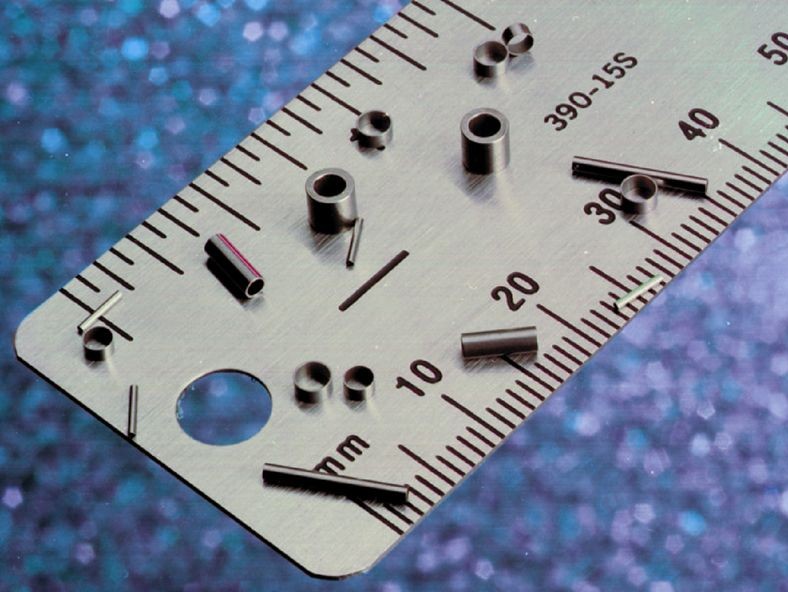 CNC Machining
CNC Machining Expanded Metals
Expanded Metals Laser Cutting
Laser Cutting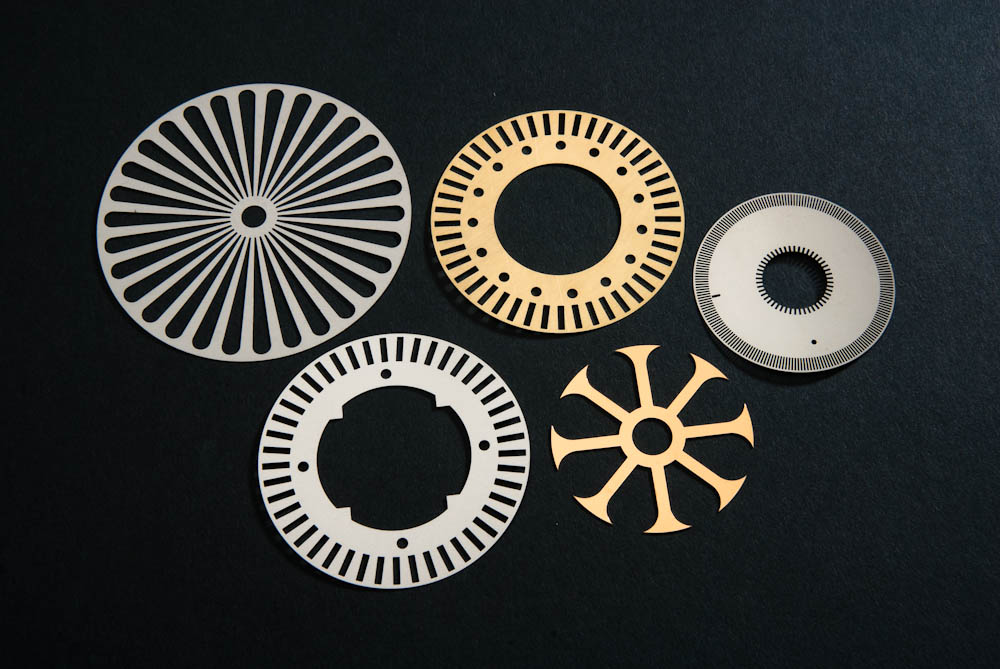 Metal Etching
Metal Etching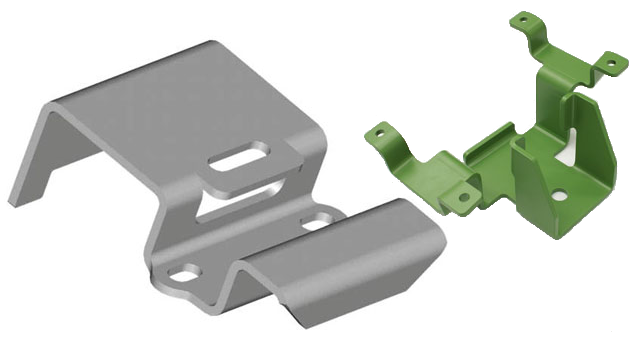 Metal Fabrication
Metal Fabrication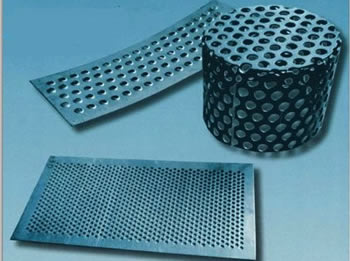 Perforated Metals
Perforated Metals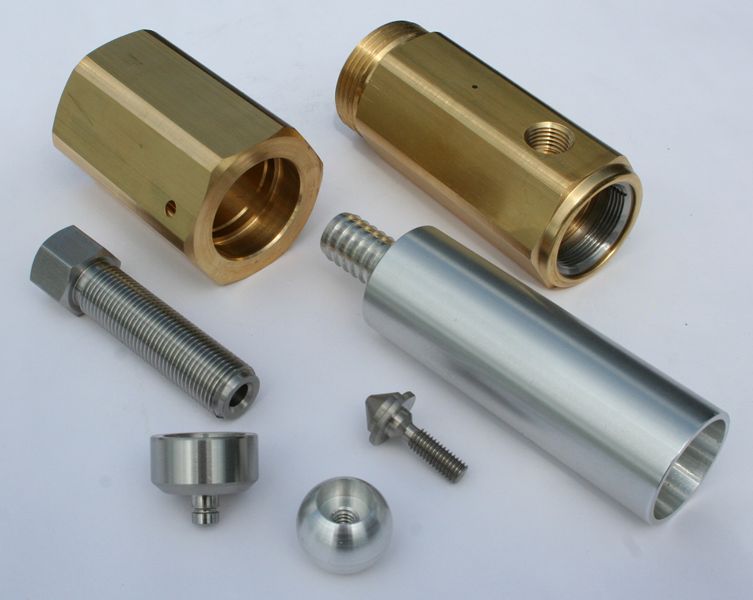 Screw Machine Products
Screw Machine Products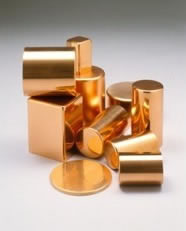 Metal Stampings
Metal Stampings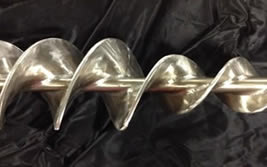 Sheet Metal Fabrication
Sheet Metal Fabrication Tube Fabrication
Tube Fabrication Water Jet Cutting
Water Jet Cutting Castings & Forgings
Castings & Forgings Bulk Material Handling
Bulk Material Handling Electrical & Electronic Components
Electrical & Electronic Components Flow Instrumentation
Flow Instrumentation Hardware
Hardware Material Handling Equipment
Material Handling Equipment Metal Cutting Services
Metal Cutting Services Metal Forming Services
Metal Forming Services Metal Suppliers
Metal Suppliers Motion Control Products
Motion Control Products Plant & Facility Equipment
Plant & Facility Equipment Plant & Facility Supplies
Plant & Facility Supplies Plastic Molding Processes
Plastic Molding Processes Pumps & Valves
Pumps & Valves Recycling Equipment
Recycling Equipment Rubber Products & Services
Rubber Products & Services